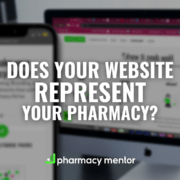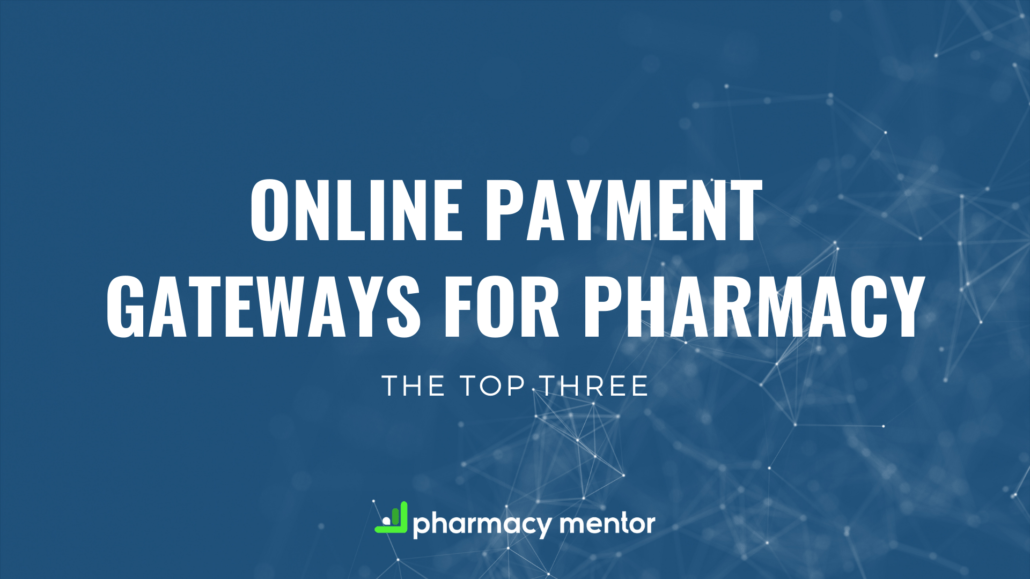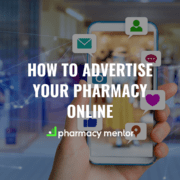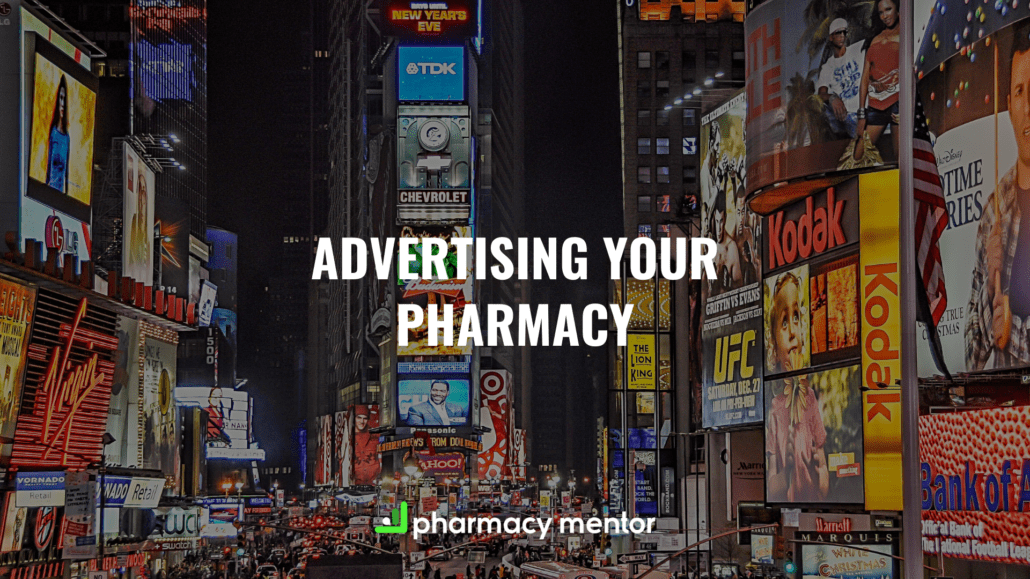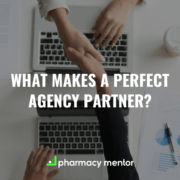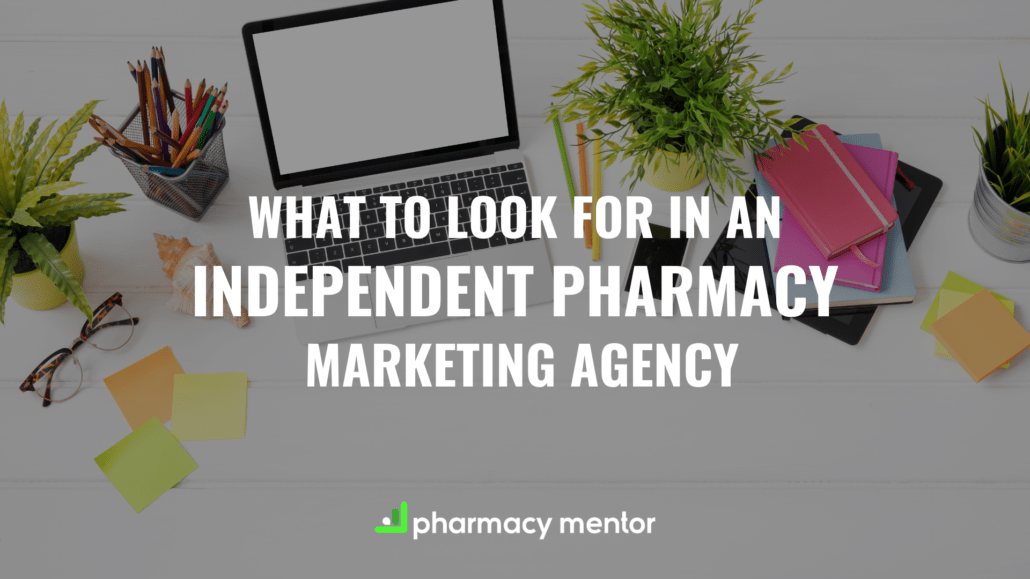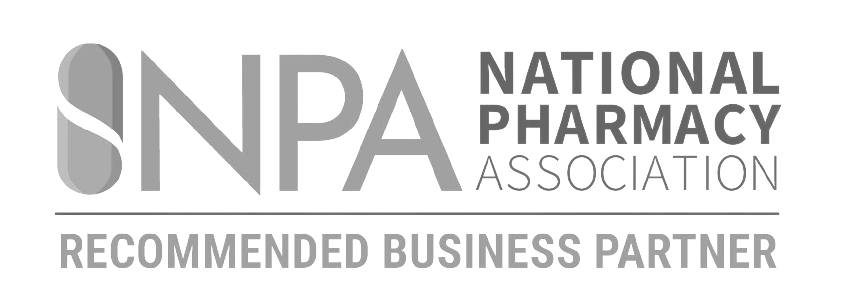Most community pharmacies have a pharmacy website. But just having a website is pointless if it doesn’t serve a purpose for your pharmacy.
What makes a good pharmacy website?
A good pharmacy website is one that creates value for your business. Good pharmacy websites are assets, just like a member of your team. And just like a member of your team, your website should be nurtured, not neglected.
This is a list of 5 features you should treat your website to. With all these in place, you’ll quickly see the value of a “good” pharmacy website.
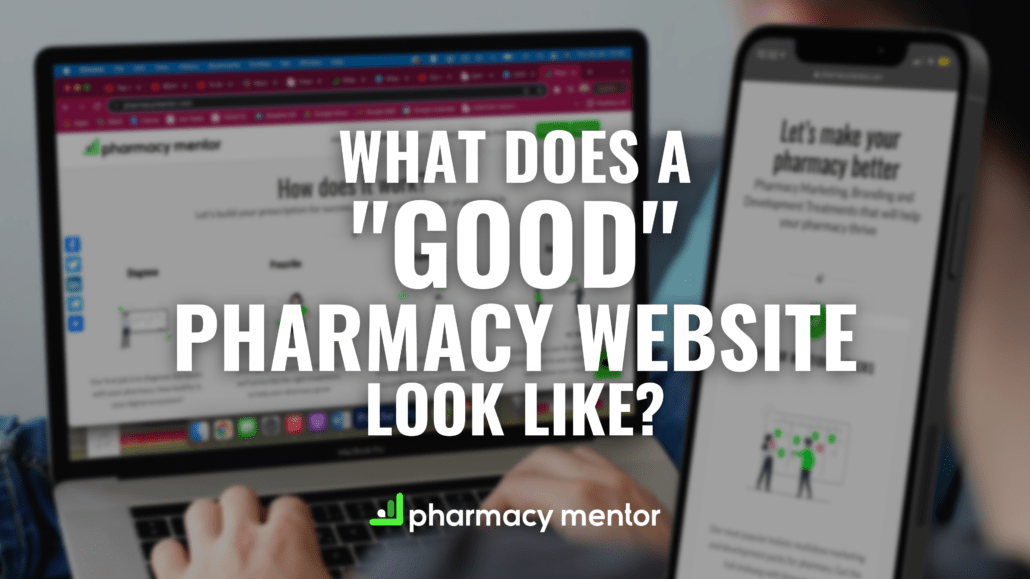
1. Discoverability (Search Engine Optimisation)
Creating a website that gets no visitors is about as useful as opening up a pharmacy in the middle of the Sahara desert. Ie, you just shouldn’t bother.
With every website should be a plan to acquire visitors. Don’t have one? Get one.
A lot of people expect that somehow when their website is built, visitors will sort of just, happen.
There’s a definite blind spot between consumers and website designers, where consumers expect this to be part of their website build, and designers don’t ask the right questions for the client to realise that the on-page content needs to be optimised for search engines to pick it up.
So, whose responsibility is it?
I sympathise a little with the designers. Designers see themselves as architects, not interior designers. You wouldn’t expect your architect to choose your wallpaper. That’s how most web developers see the written content on your website. As your responsibility. After all, their speciality is coding, not writing.
However, I sympathise more with the business buying the website. Websites are relatively new, compared to my analogy of houses and architects. And because they’re new, there isn’t a common understanding of how they work. So in my view, it’s on the agency, service provider to make sure the client is at least aware of what having a website entails.
However, there are a surprising number of web development agencies who wash their hands of the success of a website once it leaves the design phase.
We are very transparent with our clients that without an SEO strategy in place to attract visitors to their site, the website won’t be as effective.
What is SEO and how does it attract visitors?
If you don’t know what SEO is or how it works, I’d strongly recommend you check out our complete guide to SEO. But in a nutshell, SEO is the process of optimising your website so it shows up on search engines.
SEO tells Google what searches you’d like to show up for
Whilst there are a lot of technical aspects that contribute to SEO that do fall under the responsibility of your web development team, your on-page content (ie the words on your website) determines which search terms you want your website to show up for. So it’s massively important this is given the attention it deserves, not swept under the rug like it often is.
Is there no other way to attract visitors?
Technically, there could be other ways you attract visitors to your pharmacy website, but realistically, most pharmacies don’t have anything like the right online infrastructure in place to do this. For instance, you could have a great email or social media funnel which regularly links to your website. But even if you did, that’s no reason to close the door on an opportunity to attract thousands of new visitors.
2. Modern, mobile-friendly design
Design matters so much when it comes to your website. Website design isn’t just how a website looks, but also how it works, how it’s laid out, and how easy it is to use. And especially nowadays, how easy it is to use on a mobile device.
Why design of a pharmacy website matters so much
In this whole section on design, and I can’t promise it will end there, user expectations will dominate the conversation.
Expectation vs Reality
There are three levels to expectations. You can either exceed, meet, or fall short of them. And at the time of writing, so many pharmacy websites fall short of the public’s expectations.
Where do these expectations come from? Experience. And not just with a pharmacy website. But with any website.
Your pharmacy website should be as easy to use as any modern website, because that’s what you’re up against in the eyes of the public.
If your website doesn’t meet expectations, people will leave, and quickly.
Ever-evolving design
Great design starts with good foundations, but it shouldn’t end there. Once your site is live, you can analyse how users are interacting with your site.
Understanding how your users behave on your website helps you create an even better design, which encourages more users to spend more time on your pharmacy website. The longer they spend on your website, the more they understand what you offer. The more they understand what you offer, the more likely they are to take you up on that offer. It’s a lovely little chain that all starts with the design of your site.
What are the expectations of a pharmacy website?
Expectations for a pharmacy website would be the same as the expectations of a pharmacy:
- Clean and spacious feel
- Intuitive layout
- Clearly signposted areas of interest e.g., prescriptions, clinics, products
- Short waiting times
- Information & advice available on demand
- Accessible contact
- Ability to book and pay for services & products
The more you imagine replicating your pharmacy experience on your website, the better your website will be.
A good user experience (UX)
The bar for best practice is constantly being raised, as both technology and developer’s skills improve. This is why older designs aren’t feasible anymore. It’s like modern cars being designed without anti-lock brakes, or power steering. The technology is there, so there’s no excuse to not incorporate it into your design. Asking people to use your old website with poor functionality is like trying to sell a car from the ’90s in a new showroom. No one’s going to accept it.
3. Updated Information
Updated information on a pharmacy website helps both you and your community. The last thing your pharmacy team needs is pressure from patients who’ve read something on your website that doesn’t apply anymore, such as opening times, or prices.
Consistently updating your website might seem like a lot of effort. But if you think of how many people that information serves, compared to how many times you’d have to individually explain it over the phone or in-person…it is actually a time-saver.
Imagine how many fewer phone calls you’d get if your website had up-to-date COVID information on it. (Now, that particular example is extreme, as it isn’t your information, and it’s changing constantly, but it’s a relevant example for the moment.)
Search engines love updated content
Updated information also helps with your on-page SEO, which we talked about earlier. Search engines want to give their users the most relevant information for their queries, so fresh information has a better chance of being recommended more highly.
4. Booking Calendar
A booking calendar gives all your online marketing activities a focal point. It gives your customer journey a finish line. In short, as a pharmacy aiming for more clinical bookings – it’s your marketing’s raison d’etre (the reason it exists).
Directing people to your booking calendar
Social Media Posts
Now, this doesn’t mean that every time you make any post on social media ever, you link your booking calendar. But anything that relates to your services can (and should) absolutely have a link to book the service in question.
Blog Posts
The same goes for any blog posts you do. The reason you should be blogging is to drive relevant traffic to your website. Relevant, in a pharmacy’s case, means people who might well become patients or customers. Throughout these blogs, but especially at the end of the blog, you need to provide a link and show people they’re able to book now.
If the blog is about a health condition, there’s a good chance they’ve just searched their symptoms on Google. Now they’ve come to your website because of the updated information on your website that you’ve optimised for search engines, (see points 1 & 3), you might link to booking a consultation with a pharmacist.
If they found your private clinic page, it means they’re looking for treatment, and there should be an option to book that treatment, making it as easy as possible for people to use your pharmacy.
Free up your pharmacy team
Your pharmacy team is too busy to handle bookings. Especially when it’s often not just bookings, but rescheduling or cancellations. (20% to 30% of patients cancel or re-book their medical appointments ((Well App, 2021)).
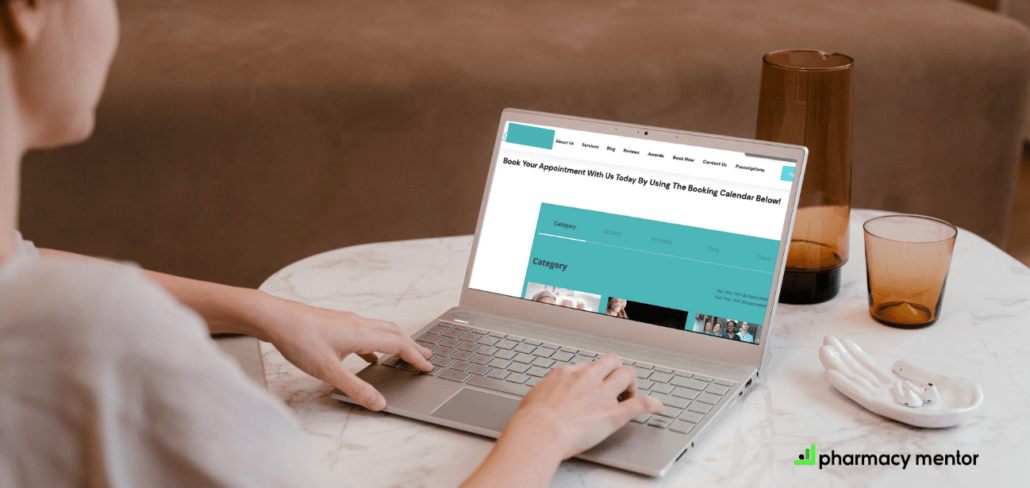
This pharmacy website has a separate booking calendar for each category of clinical services.
Improve Your Patient Experience
Booking an appointment online takes less than a minute. Booking over the phone takes 8.1 minutes on average, taking into account being put on hold. (CalendarHero, 2021).
87% of potential new patients do not leave a message or book an appointment when reaching voicemail (CallTracker).
An elegant solution, a simple website addition
Let your website handle your pharmacy bookings and you get:
- Increased bookings – physicians who offer online appointments alongside phone appointments were booked 24% more than those who offer phone appointments only (Dental Economics, 2021).
- Out-of-hours bookings made – 43% of patients search for health care professionals after business hours (Dental Economics, 2021).
- Minimise no-shows (especially in combination with text/email reminders)
- Give a sensible Call-To-Action (CTA) for any service-related digital marketing activities
- Efficient appointments – online appointment scheduling makes time for two extra patients every day (Deloitte).
Booking software is cost-effective, especially if you have an already thriving clinical business. Just in the time saved for your pharmacy team, it pays for itself.
5. Payments
Having an online payments solution on your website hinges on whether or not you sell products or take bookings through your website. But on the assumption that you’re doing at least one of those two things, taking payments online is a real must.
Why should I accept payments on my pharmacy website?
Firstly, with a pharmacy eCommerce website, (follow the link for a how-to guide for eCommerce), payments are a must. You can’t sell products if you can’t take payments. There isn’t much more that needs to be said on that.
Even if you’re only promoting clinical services, however, taking online payments on your pharmacy website is a massive boon. We touched on minimising no-shows in the previous point, and it applies again here. When someone has paid for a service, they’re committed to showing up, allowing you to run your clinic without constantly wondering if the next patient’s going to be there.
It’s more convenient for both you and your patients
If a patient has already paid, they don’t need to remember to bring anything to the appointment. There isn’t an issue if your card machine stops working, or if you don’t have the right change.
Also…
Payments take up everyone’s time
Let’s say private Flu Vaccine Clinic appointment slots are 5 minutes, and it takes a minute to make a payment.
For every 5 patients you see, you lose an appointment slot. And if your calendar doesn’t take this time into account, it can quickly make your time run over for your appointments.
Allowing people to pay when they book kills two birds with one stone, allowing your clinic to run efficiently, and with peace of mind that those appointments will actually be fulfilled. Read more about online payments here.
Want to talk more about your pharmacy website?
Get in touch! We can help with everything you need, including everything you’ve read in this article.


